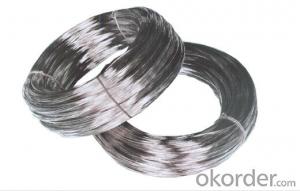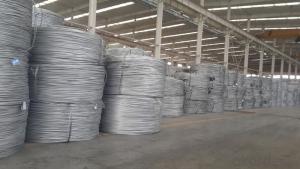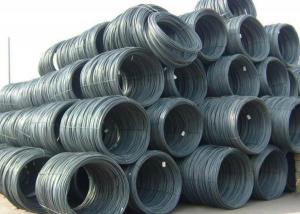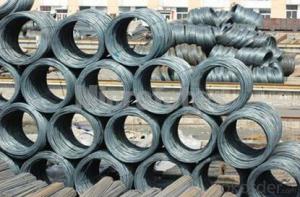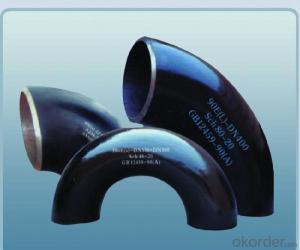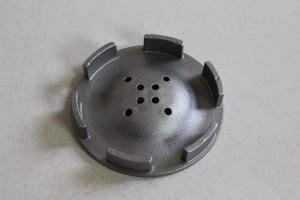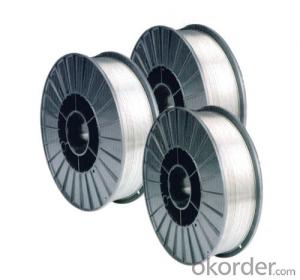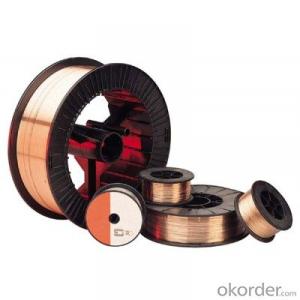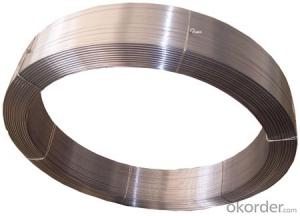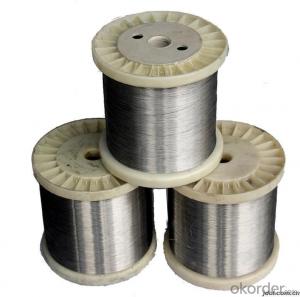Stainless Steel Closet Rod
Stainless Steel Closet Rod Related Searches
Best Paint For Stainless Steel Blanket Insulation For Steel Buildings Primer For Galvanized Steel Foam Filter For Stainless Steel H S Code For Stainless Steel Surface Grinding Wheels For Stainless Steel Surface Grinding Wheels For Hardened Steel Hole Saw For Stainless Steel Paint For Stainless Steel Stainless Steel For BbqHot Searches
Steel Mesh Panels For Sale Price For Stainless Steel Scrap Scrap Price For Stainless Steel Price For Stainless Steel Stainless Steel Tank For Sale Stainless Steel Sheets For Sale Cheap High Tea Sets For Sale Stainless Steel Tanks For Sale Stainless Steel For Sale High Density Fiberboard For Sale Solar Hot Water Collectors For Sale Scaffolding For Sale In Uae Scaffolding For Sale In Ireland Scaffolding For Sale In Houston Type Of Inverter For Solar Price Of Shipping Containers For Sale Types Of Inverter For Solar Stock Price For Aluminum Used Solar Inverter For Sale Steel Mesh Panels For SaleStainless Steel Closet Rod Supplier & Manufacturer from China
Okorder.com is a professional Stainless Steel Closet Rod supplier & manufacturer, offers integrated one-stop services including real-time quoting and online cargo tracking. We are funded by CNBM Group, a Fortune 500 enterprise and the largest Stainless Steel Closet Rod firm in China.Hot Products
FAQ
- Handling stainless steel wire comes with certain safety concerns. Firstly, it is essential to handle it with care as it has sharp edges that can easily cause cuts or puncture wounds. Wearing protective gloves is crucial to prevent any injuries. Secondly, incorrect handling of stainless steel wire can lead to strain or muscle fatigue. It is important to use proper lifting techniques and avoid overexertion, especially when dealing with heavy or large quantities of the wire. In addition, stainless steel wire can become extremely hot during heating or certain manufacturing processes. To avoid burns or thermal injuries, it is necessary to use heat-resistant gloves when handling it. Moreover, individuals with allergies or sensitivities to nickel should take precautions as stainless steel wire may contain small amounts of this metal. Wearing gloves or using barriers to prevent direct contact with the wire is recommended for those with known nickel allergies. Lastly, there is a risk of eye injuries when working with stainless steel wire, as flying particles or sparks can pose hazards. Protecting the eyes by wearing safety glasses or goggles is essential in such situations. In conclusion, while stainless steel wire is generally safe to handle, it is important to be aware of these safety concerns and take necessary precautions to minimize the risk of accidents or injuries.
- Yes, stainless steel wire is highly suitable for architectural mesh applications. Stainless steel is a versatile material that offers excellent corrosion resistance, durability, and aesthetic appeal, making it a popular choice for architectural applications. The wire's strength and malleability allow for intricate designs and patterns that can enhance the aesthetic value of buildings and structures. Architectural mesh made from stainless steel wire offers various benefits. Firstly, it provides a high level of transparency while maintaining privacy and security. The mesh can be woven in different patterns and densities, offering varying degrees of openness and visibility. This makes it suitable for applications such as facades, partitions, sunshades, and cladding systems. Additionally, stainless steel wire mesh is highly durable and long-lasting, even when exposed to harsh environmental conditions. It is resistant to corrosion, UV radiation, and fire, ensuring the mesh retains its structural integrity and aesthetics over time. This durability makes it suitable for both indoor and outdoor applications, including building facades, ceilings, and decorative elements. Moreover, stainless steel wire mesh can be customized to meet specific design requirements. It can be woven into different shapes, sizes, and patterns, allowing architects and designers to create unique and visually appealing structures. The mesh can also be coated or colored to provide additional customization options. Overall, stainless steel wire is a highly suitable material for architectural mesh applications due to its corrosion resistance, durability, customization options, and aesthetic appeal. It offers a combination of functionality and visual appeal, making it a preferred choice for architects and designers in various architectural projects.
- There exists a variety of stainless steel wire screens to cater to specific applications and objectives. Some commonly used types include: 1. Plain weave screens: These screens are woven by crossing wires over and under in a simple crisscross pattern. They are typically employed in general-purpose screening applications due to their strength and durability. 2. Twill weave screens: Similar to plain weave screens, twill weave screens have wires woven in a diagonal pattern, resulting in a tighter and more stable weave. They are often utilized in finer filtration and sieving applications. 3. Dutch weave screens: Dutch weave screens have a complex weave pattern with tightly woven wires in the warp direction and larger gaps in the weft direction. This structure provides excellent filtration performance, making them suitable for precision filtration and separation processes. 4. Welded wire screens: These screens are created by welding individual wires together at their intersections. They are renowned for their high strength and rigidity, making them ideal for heavy-duty applications such as security fencing or machine guards. 5. Expanded metal screens: Expanded metal screens are formed by cutting and stretching a metal sheet, resulting in diamond-shaped openings. They offer good airflow, visibility, and protection, commonly used in architectural and decorative applications. 6. Perforated metal screens: Perforated metal screens are produced by punching holes into a metal sheet, creating regularly spaced openings. They offer versatile functionality, allowing precise control over the size and distribution of the openings. They find application in acoustic panels, ventilation systems, sorting, or grading processes. When selecting the appropriate stainless steel wire screen, it is crucial to consider specific requirements like desired mesh size, strength, corrosion resistance, and compatibility with the surrounding environment.
- There are several types of stainless steel wire rope constructions available, including 1x7, 1x19, 7x7, and 7x19. Each construction has a different number of strands and wires, which affects its strength, flexibility, and durability.
- Due to its unique properties, stainless steel wire finds extensive use in the telecommunications industry for a wide range of applications. The following are some common uses of stainless steel wire in this industry: 1. Guy wires: To provide stability and support to telecommunication towers and antennas, stainless steel wire is frequently employed as guy wires. These wires possess exceptional strength and resistance to corrosion, making them perfect for enduring harsh weather conditions and maintaining the structural integrity of the towers. 2. Cable reinforcement: In order to enhance the strength and durability of telecommunications cables, stainless steel wire is utilized as reinforcement. Usually, these wires are wrapped around the cables to offer mechanical support and prevent stretching or breaking during installation or transportation. 3. Antenna elements: Stainless steel wire is widely chosen as antenna elements in various telecommunication systems. These wires are preferred for their excellent electrical conductivity and resistance to corrosion, thereby enabling efficient signal transmission and reception. 4. Grounding applications: For telecommunication equipment and infrastructure, stainless steel wire is employed in grounding applications. By providing a reliable electrical connection to the earth, grounding wires made of stainless steel safeguard the equipment against power surges and lightning strikes. 5. Suspension systems: To hang and support various telecommunication equipment, such as fiber optic cables, stainless steel wire is utilized in suspension systems. These wires ensure strength and stability, preventing sagging or damage to the cables over long distances. Overall, stainless steel wire plays a vital role in the telecommunications industry by offering strength, durability, and corrosion resistance. This ensures the efficient and reliable operation of telecommunication systems and infrastructure.
- There are several types of stainless steel wire ropes used in power transmission, including 1x19, 7x7, and 7x19 constructions. Each type has its own unique characteristics and is suited for different applications. The 1x19 construction is known for its high strength and resistance to corrosion, making it ideal for heavy-duty power transmission. The 7x7 construction is more flexible and is commonly used for less demanding power transmission tasks. The 7x19 construction offers a balance between strength and flexibility, making it versatile for various power transmission applications.
- Yes, stainless steel wire can be used for cable railing. In fact, it is one of the most popular materials used for this purpose. Stainless steel wire offers several advantages for cable railing systems. Firstly, it is highly durable and resistant to corrosion, which makes it suitable for outdoor applications where it may be exposed to different weather conditions. Additionally, stainless steel wire provides a sleek and modern aesthetic, making it a popular choice for contemporary architectural designs. Furthermore, stainless steel wire is strong and can withstand the tension required for cable railing systems, ensuring the safety and stability of the railing. Overall, stainless steel wire is an excellent choice for cable railing due to its durability, aesthetic appeal, and strength.
- A wide variety of diameter options are offered for stainless steel wire to accommodate different applications. The range typically spans from 0.001 inches (0.0254 mm) to 0.375 inches (9.525 mm) or even larger. The availability of specific diameter options for stainless steel wire is contingent upon the grade and type of stainless steel employed. Typically, stainless steel wire is accessible in diameters ranging from 0.001 inches (0.0254 mm) to 0.625 inches (15.875 mm). However, it is important to note that certain specialty grades or custom orders may provide even smaller or larger diameter options. The choice of diameter is influenced by the intended use of the stainless steel wire. Applications that prioritize flexibility and ease of handling, such as the production of medical devices, jewelry, or fine mesh screens, often employ thinner diameter wires. Conversely, thicker diameter wires are commonly utilized in applications that necessitate high strength and durability, such as structural components, springs, or heavy-duty fencing. To determine the specific diameter options available for a particular grade or type of stainless steel wire, it is advisable to consult with a supplier or manufacturer. They can offer guidance based on the intended application and requirements, ensuring that the chosen diameter aligns with the project's needs.


















